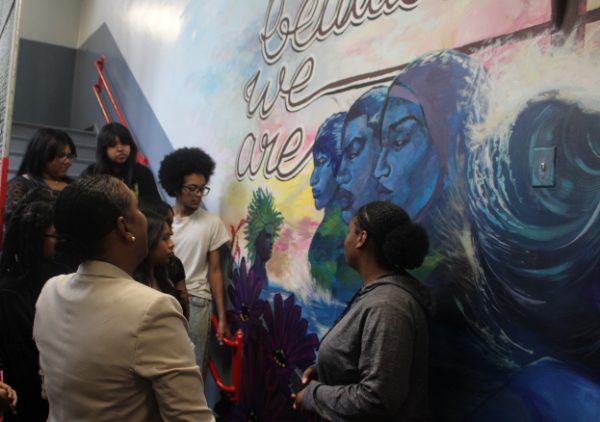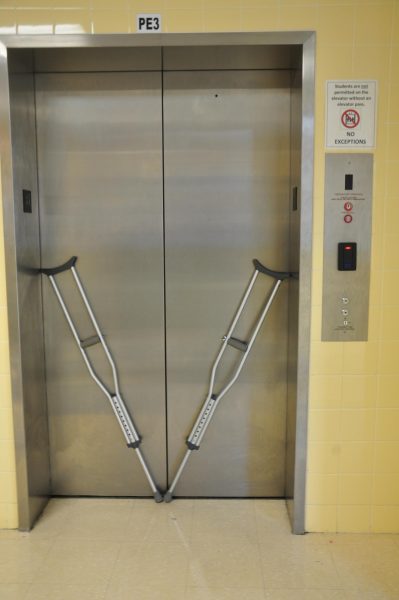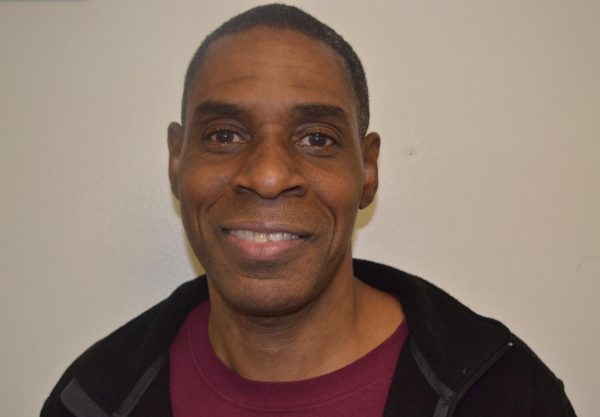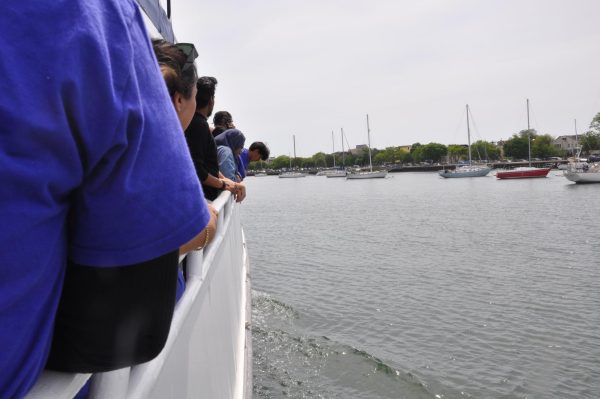Two Warriors inspire classmates and teachers
Ahmed Shareef and Nga Wang Tseten (Charlie) share their story of life affirming persistence.
They are ordinary kids who can play soccer, play the piano, and even sing and dance. Despite physical limitations, they have thrived in the Curtis environment. People view them as “kids with disabilities,” but to others, they are students with just a few minor challenges that make them unique. Two of these students have extraordinary stories of tenacity and of turning negatives into opportunities. They are true examples of persistence.
One student, Ahmed Shareef, is blind and has a prosthetic arm from the elbow down. Despite these limitations, he can play numerous instruments such as the piano and trumpet and also takes part in the school plays. Someday he wants to be a musician.
When Shareef first arrived at Curtis, he had to study the building to learn all the routes and possible obstacles that he needed to avoid. Now when he travels from class to class, he uses his other senses to compensate for his blindness. He uses his hearing to recognize voices and sounds. Shareef also uses a white cane to make sure his path is clear. Shareef can also pick up subtle sounds and can often sense when a person is in front of him. In becoming more independent, he learned how to get to and from school alone and what bus to take.
In order to keep up with his classmates, Shareef had to learn things very quickly. As for studying, doing homework and taking tests, he uses braille (a system of writing or printing in which combinations of tangible dots or points are used to represent letters and characters that are read by touch) and meets with his teacher in the morning to learn how to most effectively use braille. The teacher also helps him with memorizing things for tests.
People are often curious about what happened to him, but unlike anyone else he doesn’t mind telling his story because he’s a truthful, honest person. Nor does the word “disabled” offend him.
“I ignore it,” Shareef said. “I know people feel sorry for me but I know how I am and this is how I am. I don’t get treated differently. I am thankful for the people who have helped me but I know how I am and I’m happy.”
Shareef was only seven years old when his injuries occurred, during the war in his home country of Iraq. He was on his way home with his friend, running, and did not notice the bomb on the ground. He heard gunshots and explosions. The bomb was only two inches from his foot when it went off, cutting his hand off from the wrist down. Originally right-handed, Shareef eventually learned to write with his left hand.
He was also hit with pieces of the bomb in his neck. Nearly all the skin on his face and left hand was burned off, and he was covered in blood. He almost died. After the original injury he was brought to the U.S. by the Global Medical Relief Fund to receive better, more extensive medical attention.
Another student,Nga Wang Tseten, known as Charlie, lost both of his arms from the elbows down. Like Shareef, Tsetan loves music and singing. Unlike Shareef, however, he didn’t have to adjust as much to the Curtis environment. He is able to do things alone or sometimes with the help of his paraprofessional. He is not as sensitive about his situation as he was the first two months in the hospital. Despite all he has been through, he is remarkably resilient. “I’ll smile and just be happy,” said Tsetan.
Tsetan was only 14 years old when his injuries occurred. He lived in India at the time, and while playing with his kite it got caught in the cable wires. When he tried to get his kite down, he was electrocuted. He passed out and was brought to his town’s clinic. There he was told he couldn’t be helped and had to be sent to a city in India, which took six hours to travel to in an ambulance. Upon arrival he told the doctors he couldn’t feel his arms. The doctor amputated his left arm from slightly above the elbow, and the right from the shoulder down. The principal from Tsetan’s old school then contacted the Global Medical Relief Fund to see what they could do for him. Tsetan was later brought to the United States by this organization and currently lives with a woman from the GMRF, along with Shareef.
Others at Curtis, such as Mr. Hepworth, don’t look at these students as having disabilities “because that’s not how they look at themselves. They’re just like everyone else, just with a bit of minor challenges,” said Hepworth. “They taught me about diversity in a whole different way. They show a different meaning to it. Like something so simple as opening a door can be a challenge for them if they don’t have any arms. So they inspire me.”





